Saudi Arabia's 2021 budget highlights long-term challenges
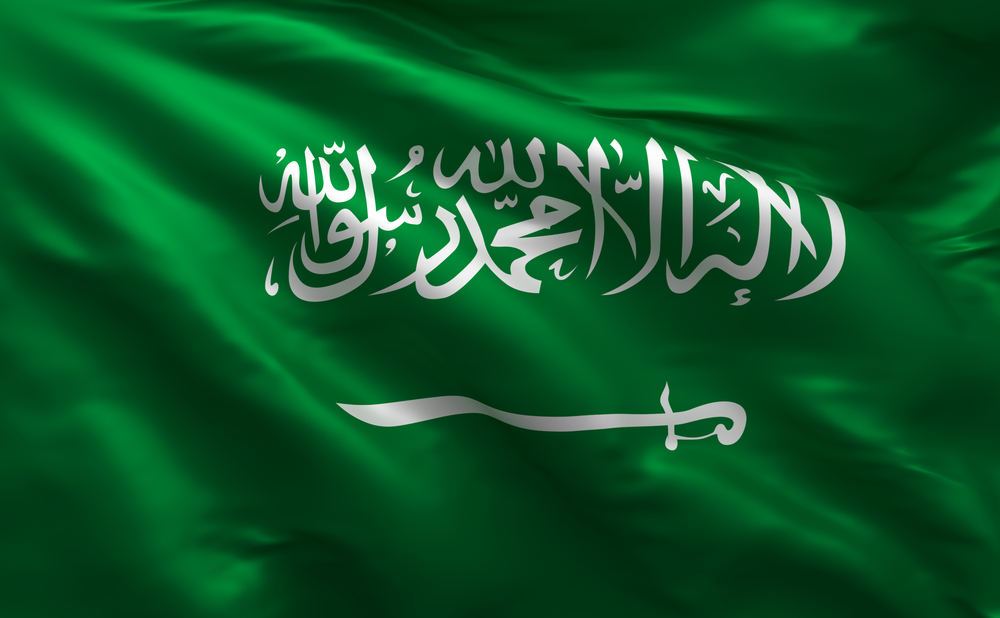
The following commentary was written by Andrew Cunningham and reflects his own views, and not necessarily those of the Arab Bankers Association.
Saudi Arabia’s budget statement for 2021 projects a deficit of $38bn for 2021, lower than the $80bn provisional estimate for 2020, but broadly in line with those seen in recent years.
The Kingdom had budgeted for a deficit of $50bn in 2020. The additional $30bn has arisen in part from higher expenditure, but primarily from lower revenue.
The fall in revenue, down 7.8% against budget, is surprisingly small. Oil prices were down by about a third over the whole of 2020, compared to 2019, while the Kingdom’s oil production was little changed at 9.2 mn b/d.
Of course, the Saudi government has been making great efforts to increase non-oil income and it is having some success. Non-oil revenues are estimated at $95.5 bn for 2020, up 12% on 2019. These represented 46% of total revenue in 2020.
Statistics on non-oil revenue have to be treated with care: the reason they accounted for such a high proportion of total revenues last year was that oil revenues were lower. But the Kingdom's efforts in this area are bearing fruit: non-oil revenues have shown a compound average growth rate of 17.6% over the last ten years. Attachment 1, below, reproduces a chart from the Ministry of Finance’s Budget Statement 2021 (page 32) showing the evolution of non-oil revenue.
Very roughly, non-oil income at current levels can be expected to account for a little more than one third of total revenue in a year when oil prices are around $80/b and the Kingdom is producing 9-9.5 mn b/d.
Among the factors that the Ministry of Finance cites as contributing to the increase in non-oil revenues are the trebling of VAT to 15% in July 2020, an increase in customs duties for some products, and the introduction of a real estate tax of 5% (to replace VAT on real estate transactions) in October 2020. Revenues from the ‘expat levy’ (a tax on non-Saudi employees in the private sector) are also increasing as the levy’s thresholds rise according to plan.
Nonetheless, it is oil revenues that will continue to determine budgetary flexibility for the foreseeable future, and these cannot be predicted with much certainty. Not only are oil prices volatile, but the Kingdom’s recent willingness to act alone as the global ‘swing producer’ – as evidenced by its unilateral decision to cut production by an additional 1 mn b/d in February and March – brings uncertainty to its likely export volumes.
Nor should one forget that as the Saudi economy expands, its routine running costs will grow. Care must be taken with official budgetary figures – accounting methodology may change from year-to-year – but, looking over the last ten years, we can see that the Kingdom’s annual expenditure has risen from around $245-265bn in the first half of the last decade to around $260-$270bn in more recent years. (Attachment 2, below, shows revenue and expenditure figures for the last 10 years.)
It seems clear that annual budget deficits of $10-$30bn will be the norm rather than the exception in the years ahead. In 2019, the Kingdom’s oil production averaged about 9.75 mn b/d and the price of Brent crude oil averaged $64.2/b. Budget revenues that year were $245bn. With US shale oil producers ready to pounce once prices reach the mid-to-high $60’s, that 2019 level is about as good as crude oil producers can hope for over the medium term, in the absence of a market dislocation (such as the inability of a major producer to export) or an unexpectedly quick return to rapid global economic growth.
Looking ahead, the Kingdom’s ability to finance its budget deficits will be overwhelmingly dependent on three factors: its ability to raise debt from international investors, its ability to raise money from local banks, and its ability to draw on its own reserves.
There is no reason to doubt Saudi Arabia’s ability to raise significant sums on international bond markets for several years to come. The Kingdom has ratings of A1 from Moody’s (negative outlook), A from Fitch (negative outlook) and A- from S&P (stable outlook).
Its debt/GDP ratio is low – 34% at the end of last year –and is not expected to increase (according to the Ministry of Finance) in the years ahead. Recent international debt issues have been well received.
There is less scope to continue drawing on the resources of local banks. At the end of November 2020 (the most recent figures available from SAMA, the Saudi central bank) Saudi banks’ foreign assets had fallen to 8.4% of their total assets, down from 14.4% five years earlier. Collectively the banks are still net creditors internationally, but the surplus was only $20bn at the end of November, compared to $60bn at the end of 2015. That surplus is the principal area of liquidity that banks will use to fund the demands of the government. Note that banks' claims on the government and quasi-government entities now represent 16.7% of their assets, compared to 5.6% five years ago.
Some care needs to be taken with these end-November figures: if oil prices rise only a little, liquidity in the banking sector will increase. But it is clear that Saudi banks’ ability to fund the government, in the absence of a significant increase in liquidity, is going to be limited over the medium term.
Finally, there are the government’s own reserves. The Ministry of Finance’s budget statement says that SAMA’s reserves were $92.2bn at the end of 2020. It is predicting that they will fall to $74.7bn at the end of this year and then remain steady over the following two years.
In December, Fitch issued a report in which it noted that Saudi Arabia’s Public Investment Fund (PIF) had assets of $260bn, according to the most recent publicly available figures. However, investments in local equities accounted for $147bn of this. (See my summary of the report here.) The Kuwait government's recent problems with budgetary liquidity have highlighted the need to maintain sovereign wealth assets that are liquid.
So, the Kingdom’s ability to raise substantial sums to plug budget deficits appears assured for the next few years, but less sure beyond that.
Looking long term, everything depends on the ability of the Kingdom’s current rulers to transform the Saudi economy in line with their ambitions. The Governor of the PIF recently told the Financial Times that the Fund will invest $40bn annually inside the Kingdom. The Fund recent announced that it would be a core investor in a project to build a new, carbon-free city within the area allocated to Neom, a futuristic development championed by Saudi Arabia’s Crown Prince. PIF is also participating in a giant sports and entertainment complex and a large tourist development scheme. (It is worth noting that the Financial Times article referred to the “$400bn fund”, implying that is has greater resources than those cited by Fitch.)
Yet, as the IMF pointed out in a disturbing report on long-term fiscal sustainability in the GCC, published in February 2020, “the impact of public investment on non-hydrocarbon growth has typically been short-lived and, as economies have developed, growth multipliers from these investments have begun to decline.”
Analysts have been asserting for decades that Saudi Arabia’s public finances are about to hit the buffers, yet the predicted crises have never occurred. Yes, there have been liquidity problems, some of them severe, but the underlying solvency of the government – its ability to fund itself over the medium term – has never have been in doubt. But continued deficits of tens of billions of dollars do raise questions of sustainability over the long term, as the IMF has said.
Eliminating those deficits will require more than a healthy increase in non-oil income. In the absence of an inconceivable reversal of the global trend away from fossil fuels and towards sustainable and clean sources of energy, the Kingdom will require huge changes in both its business and its social environment.
More In
News
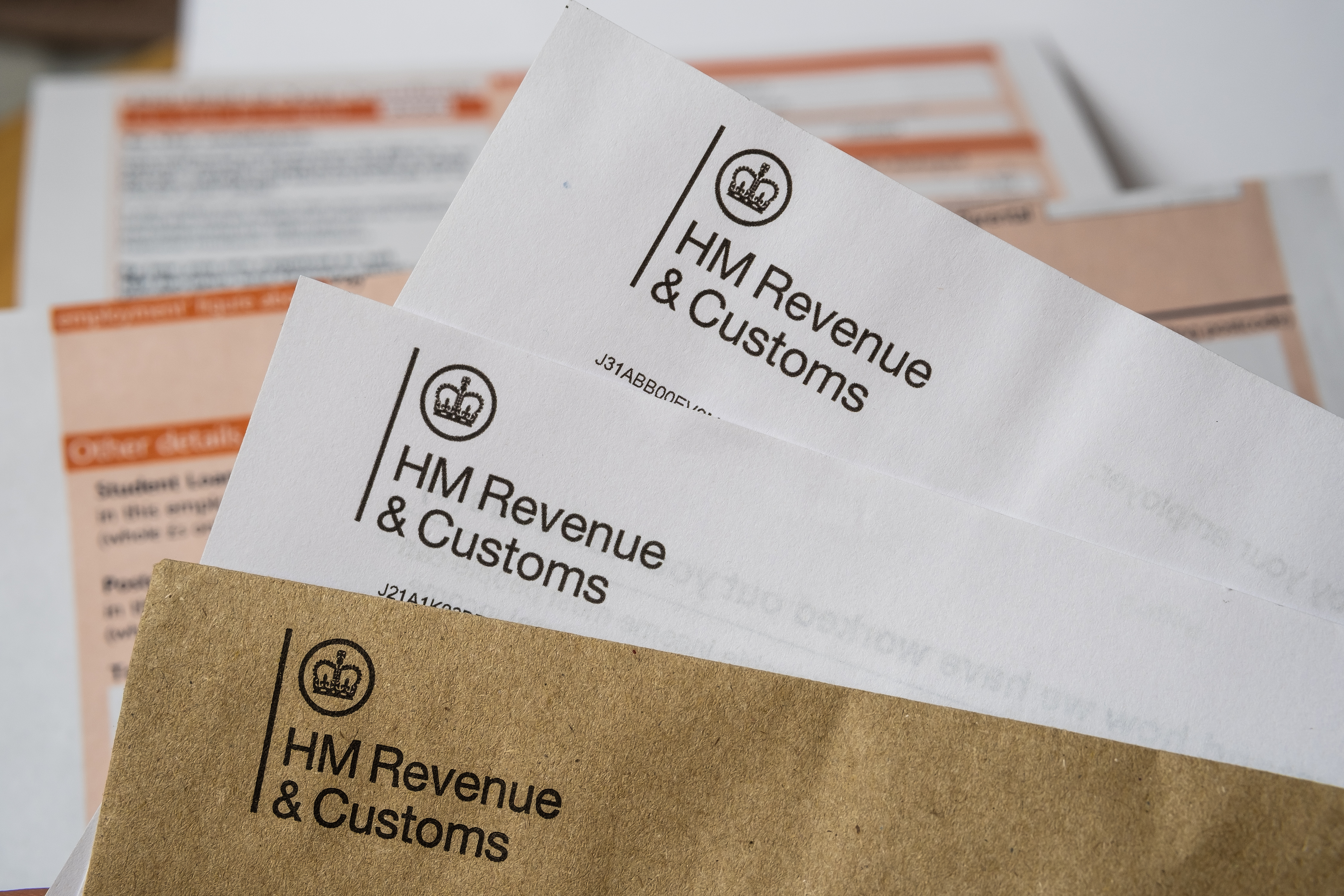
Ahead of the autumn budget, Farrer & Co assess the new tax rules for non-doms
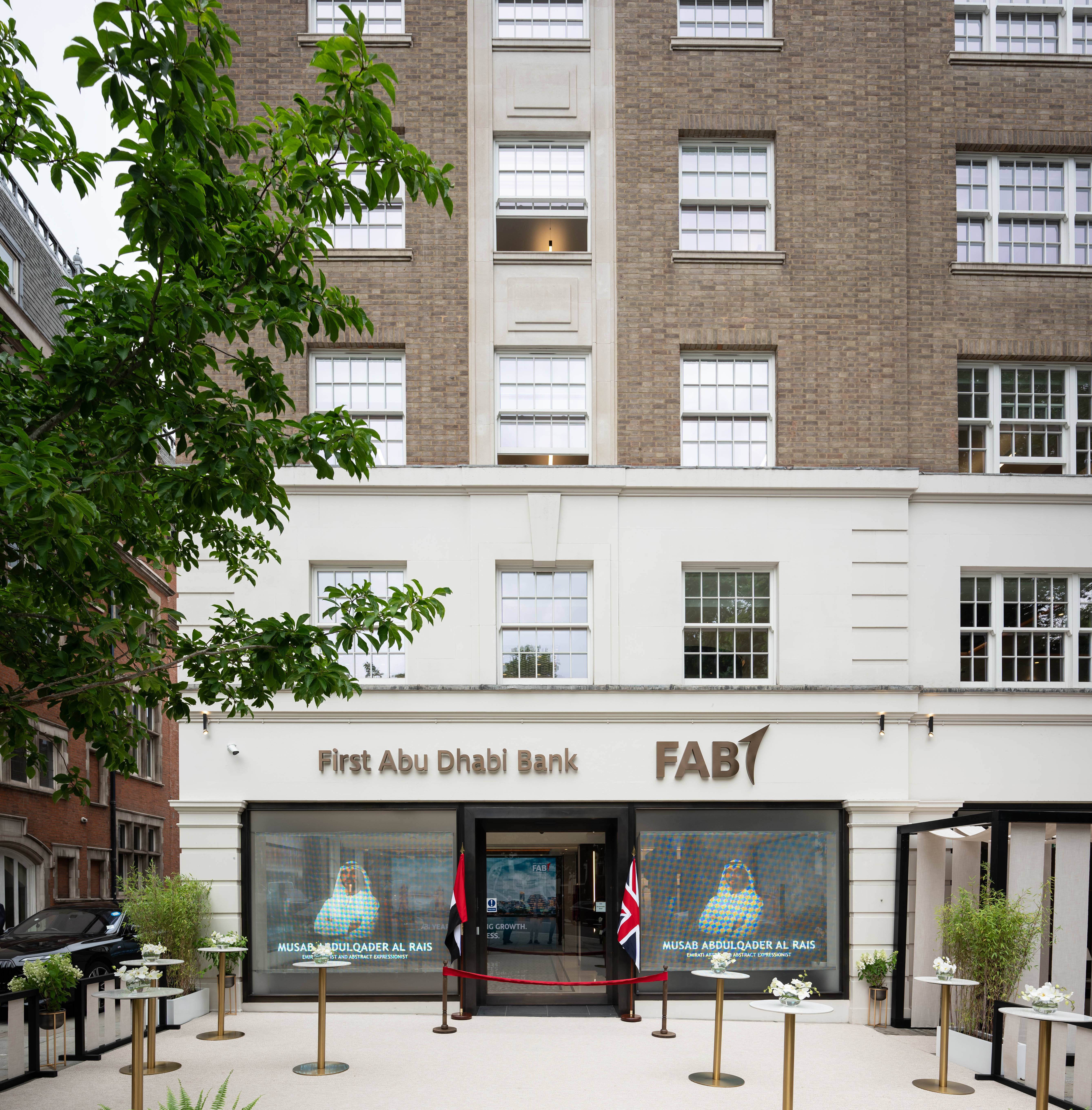
FAB opens new offices in Mayfair

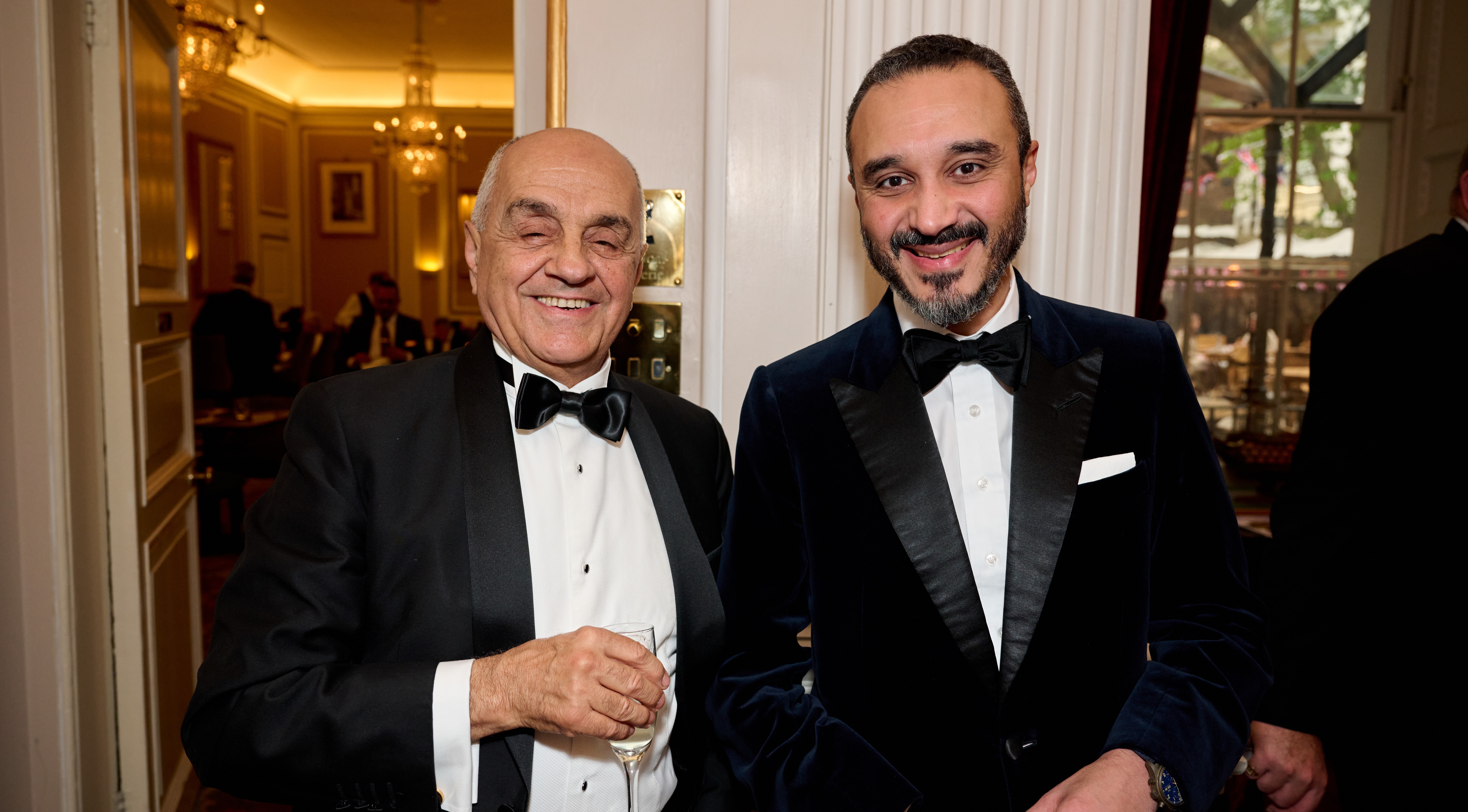

ABA member Comarch on adapting to continual change
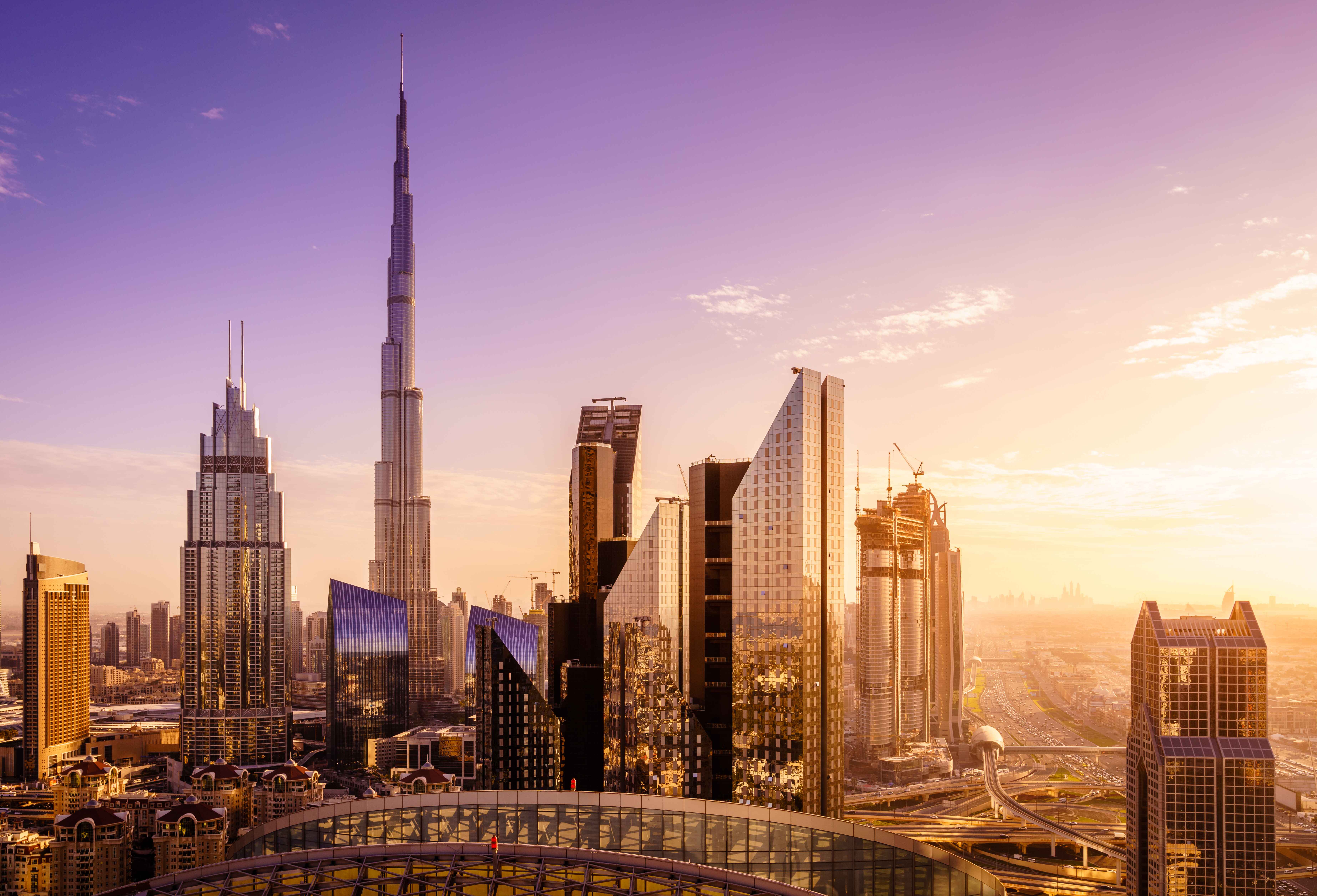
ABA member Knightsbridge is opening offices in Dubai



